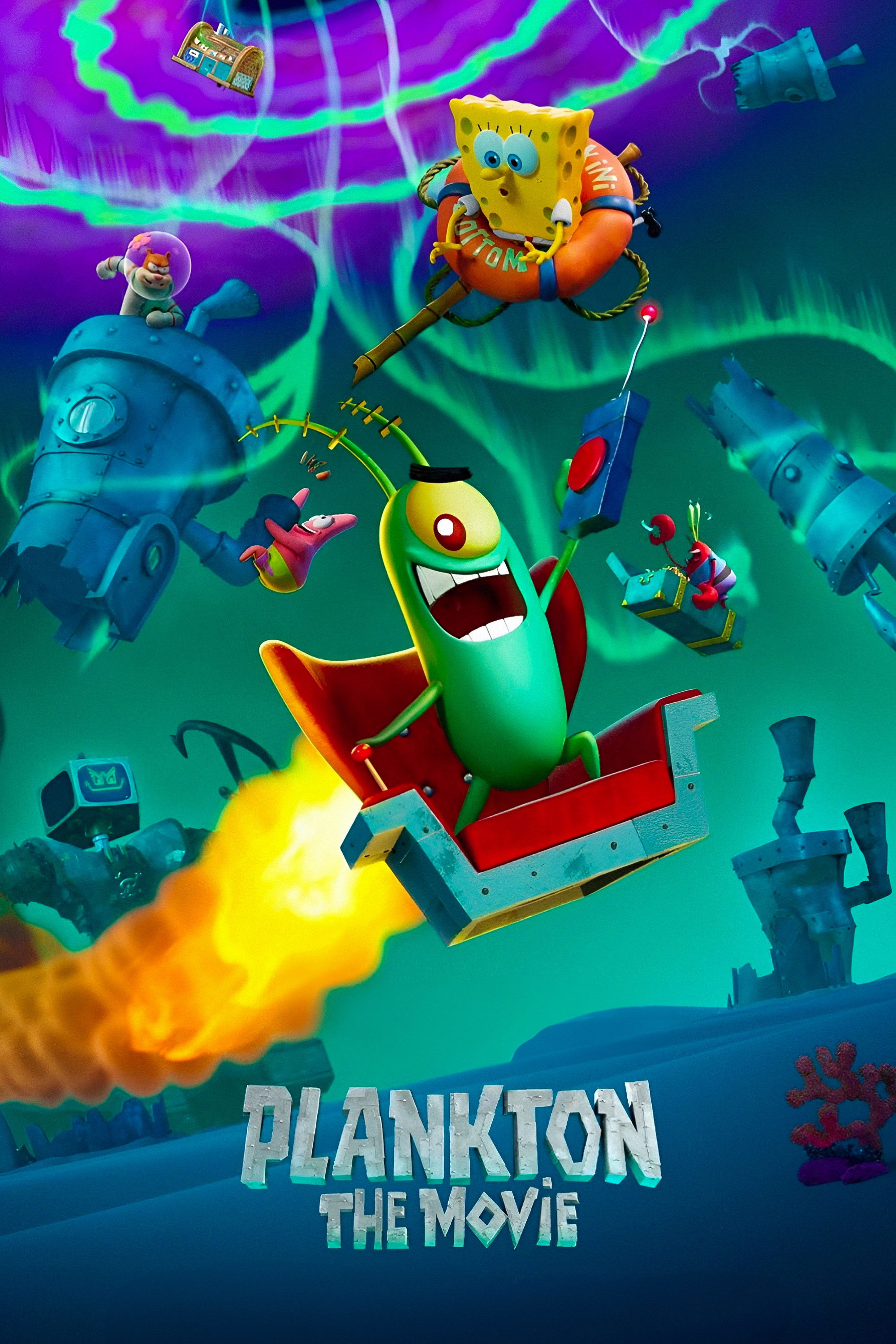Welcome to the world of movie ruelz! If you're reading this, chances are you're either a massive movie buff or someone who wants to level up their film-watching game. No matter where you're starting from, buckle up because we're diving deep into the fascinating realm of movie rules that shape the way we experience films today. Whether you're a casual watcher or a cinephile, understanding these ruelz can enhance your cinematic journey in ways you never imagined.
You see, movies aren’t just random collections of scenes stitched together. There’s an art to it, a science even. From the way directors frame shots to the subtle cues in the soundtrack, every element follows a set of unwritten ruelz that make the magic happen. And hey, who doesn’t love a good rule-breaking moment when it comes to storytelling? Let’s break it down together and explore why knowing the movie ruelz matters.
So, whether you’re trying to impress your friends with your newfound knowledge or simply want to enjoy movies on a deeper level, this guide is here to help. We’ll cover everything from the basics to advanced techniques, sprinkling in some fun facts and expert insights along the way. Ready? Let’s dive in!
- Join Somali Wasmo Telegram Channels Now Your Gateway To A Vibrant Community
- Unveiling The Truth About Masa49com A Deep Dive Into The World Of Online Reputation
What Are Movie Ruelz Anyway?
Let’s get one thing straight: movie ruelz aren’t exactly rules in the traditional sense. Think of them more like guidelines or best practices that filmmakers follow to craft compelling narratives. These ruelz help structure a film’s pacing, character development, visual style, and emotional impact. They’re the blueprint for creating memorable experiences that stick with audiences long after the credits roll.
Key Elements of Movie Ruelz
Here’s a quick rundown of what makes up the core of movie ruelz:
- Storytelling Structure: Every great movie follows a three-act structure—setup, confrontation, and resolution. This tried-and-true formula keeps viewers engaged from start to finish.
- Visual Composition: Framing, lighting, and camera angles play a huge role in setting the tone and mood of a scene. Filmmakers use these elements to guide your eye and evoke emotions.
- Sound Design: Music, sound effects, and silence all work together to enhance the storytelling experience. A well-placed score can turn a good scene into an unforgettable one.
- Character Development: Audiences connect with characters who feel real and relatable. Strong character arcs are essential for keeping viewers invested in the story.
Why Understanding Movie Ruelz Matters
Understanding movie ruelz isn’t just for filmmakers or critics. It benefits anyone who loves movies because it helps you appreciate the craft behind the scenes. When you know the ruelz, you start noticing details that most people miss. For example, did you know that filmmakers often use the "rule of thirds" to create visually appealing compositions? Or that certain colors are deliberately chosen to convey specific emotions?
- Mkvmoviespoint Guru Movies Download Mp4moviez Ndash Your Ultimate Guide
- Filmyfly Com Your Ultimate Destination For Entertainment
By learning about movie ruelz, you’ll not only enjoy films more but also develop a critical eye for what works and what doesn’t. And hey, let’s be honest—impressing your friends with your film knowledge never hurts!
Top 10 Movie Ruelz Every Viewer Should Know
Now that we’ve covered the basics, let’s dive into the top 10 movie ruelz that every viewer should know:
1. The Rule of Three
This rule states that things presented in threes are inherently funnier, more satisfying, or more effective. Think about it: most jokes have a setup, a buildup, and a punchline. Movies often use this structure to create memorable moments that stick with audiences.
2. The Hero’s Journey
Made famous by Joseph Campbell, the hero’s journey is a universal story template that many movies follow. It involves a hero going through trials, facing challenges, and ultimately transforming. Films like Star Wars and The Lion King are perfect examples of this structure in action.
3. The Rule of Thirds
This compositional rule divides the frame into nine equal parts using two equally spaced horizontal lines and two equally spaced vertical lines. Filmmakers place important elements along these lines or at their intersections to create balanced and engaging visuals.
4. Color Psychology
Colors evoke emotions, and filmmakers use this to their advantage. For instance, red often symbolizes passion or danger, while blue conveys calmness or sadness. Pay attention next time you watch a movie—you’ll start noticing how color choices influence the story.
5. The Kuleshov Effect
This psychological phenomenon demonstrates that viewers derive more meaning from the interaction of two sequential shots than from a single shot in isolation. Directors use this technique to manipulate emotions and create powerful storytelling moments.
6. The 180-Degree Rule
This rule ensures that characters in a scene remain on the same side of the screen, maintaining spatial continuity. Breaking this rule can confuse viewers and disrupt the flow of the scene.
7. Chekhov’s Gun
Named after playwright Anton Chekhov, this principle states that every element introduced in a story must serve a purpose. If a gun appears in Act 1, it better go off by Act 3. Filmmakers use this rule to avoid unnecessary details and keep the story tight.
8. The McGuffin
Popularized by Alfred Hitchcock, a McGuffin is an object, device, or event that drives the plot forward but ultimately has little significance. Think of it as the catalyst that sets the story in motion.
9. The Ticking Clock
Creating urgency is key to keeping audiences engaged. A ticking clock—whether literal or metaphorical—adds tension and keeps viewers on the edge of their seats.
10. The Deus Ex Machina
This literary device involves a sudden and unexpected solution to a problem. While it can be satisfying when done well, overusing it can make a story feel contrived. Filmmakers walk a fine line when incorporating this element into their work.
How Movie Ruelz Influence Modern Cinema
Movie ruelz have evolved over time, adapting to changing audience preferences and technological advancements. In today’s digital age, filmmakers have access to tools that allow them to push creative boundaries like never before. However, the core principles of storytelling remain the same.
Take Marvel’s cinematic universe, for example. They’ve mastered the art of blending traditional movie ruelz with innovative storytelling techniques. By using the hero’s journey structure, they’ve created a shared universe that resonates with millions of fans worldwide.
Breaking the Ruelz: When Does It Work?
While following movie ruelz is essential, sometimes breaking them can lead to groundbreaking results. Quentin Tarantino is a master of rule-breaking, often subverting audience expectations to create unforgettable moments. His films challenge conventional storytelling norms while still delivering captivating narratives.
Breaking the ruelz works best when it serves the story and adds value to the viewer’s experience. It’s all about knowing when to follow the rules and when to take creative risks.
Real-World Examples of Movie Ruelz in Action
Let’s look at some real-world examples of movie ruelz in action:
- Inception: Christopher Nolan uses the ticking clock concept to create tension throughout the film. Each level of the dream world operates on a different time scale, adding complexity to the narrative.
- The Sixth Sense: M. Night Shyamalan masterfully employs Chekhov’s gun by planting subtle clues throughout the movie, culminating in a shocking twist ending.
- The Social Network: Director David Fincher utilizes color psychology to reflect the emotional state of the characters. The film’s muted color palette mirrors the cold, calculating nature of its protagonist.
Expert Insights: What the Pros Say About Movie Ruelz
According to renowned film critic Roger Ebert, “Movies are the most powerful empathy machine in all the arts.” Understanding movie ruelz allows filmmakers to tap into this power and create experiences that resonate on a deep emotional level.
Academy Award-winning director Steven Spielberg once said, “Movies are made frame by frame, but they are experienced moment by moment.” This highlights the importance of paying attention to the smallest details, as they contribute to the overall impact of the film.
Conclusion: Embrace the Ruelz and Enjoy the Ride
There you have it—your ultimate guide to movie ruelz. Whether you’re a casual viewer or a die-hard cinephile, understanding these principles will enhance your appreciation for the art of filmmaking. So, the next time you settle in for a movie night, keep an eye out for these ruelz in action. You might just discover a whole new layer of enjoyment!
And remember, while knowing the ruelz is important, don’t forget to let yourself get lost in the story. After all, that’s what movies are all about—experiencing the magic of storytelling. So, grab your popcorn, hit play, and enjoy the ride!
Call to Action: Share your thoughts in the comments below. Which movie ruelz do you find most fascinating? Or maybe you’ve noticed a film that breaks the rules in a brilliant way. Let’s keep the conversation going!
Table of Contents
- What Are Movie Ruelz Anyway?
- Key Elements of Movie Ruelz
- Why Understanding Movie Ruelz Matters
- Top 10 Movie Ruelz Every Viewer Should Know
- How Movie Ruelz Influence Modern Cinema
- Breaking the Ruelz: When Does It Work?
- Real-World Examples of Movie Ruelz in Action
- Expert Insights: What the Pros Say About Movie Ruelz
- Conclusion: Embrace the Ruelz and Enjoy the Ride
- Movie Rulz In Kannada Your Ultimate Guide To The Best Kannada Films
- Conan Obriens Kids Meet Neve Beckett What You Need To Know


